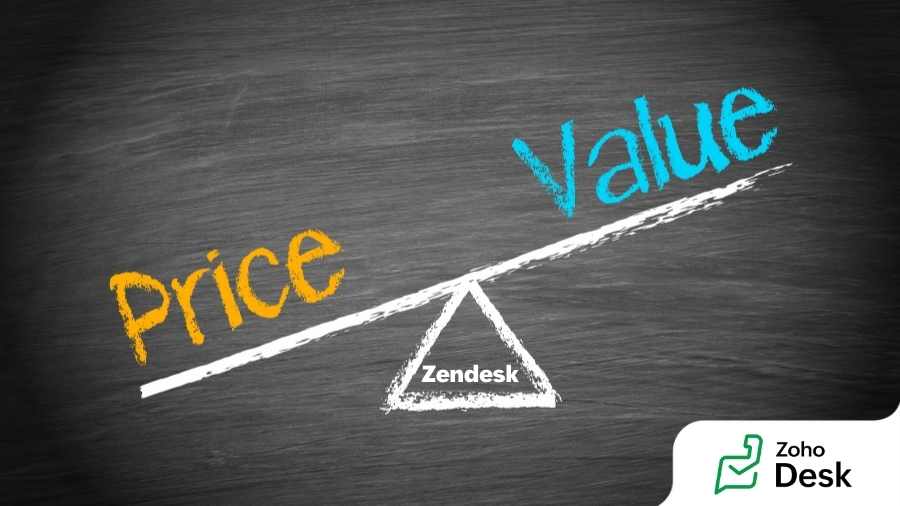Do price revisions correlate with innovation?
- Published : October 20, 2023
- Last Updated : October 20, 2023
- 454 Views
- 3 Min Read

Today, most businesses rely on cloud-based solutions to operate smoothly and cost-efficiently. Dependence on the cloud is often based on the convenience of software maintenance, the flexibility to adjust licenses based on usage, and the reduced costs of use and operation it provides.
However, not every software solution on the market offers these benefits. Take, for instance, Zendesk.
When Zendesk introduced its customer service software solution, businesses were drawn to its simple and easy-to-use offerings. A short time later, in 2010, Zendesk announced a price increase, leading to a 300% increase in some users' monthly fees. In response to customer backlash, the CEO grandfathered pricing for existing customers and expressed a commitment to provide "the best product and the best value for all of the additional functionality we roll out in the future." However, the product that once enabled businesses to operate smoothly grew in complexity.
Since 2010, Zendesk has undergone several changes, the most significant being its acquisition by an investor group led by Hellman and Friedman, and Permira. A few months after the announcement, there were speculations about employee layoffs, a change in CEO, and a price increase. One by one, these all came to fruition. Are there more changes ahead for Zendesk's customers? Once again, only time will tell.
Recently, Zendesk announced a 15% price increase for its service software and a 20% price increase for its other add-on products, citing the same reason they did in 2010: product innovation. While many customers expressed unhappiness, others chose to opt in to multi-year contracts to temporarily save their businesses from increased costs. This workaround meant customers could no longer enjoy the pay-as-you-go subscription model, one of the reasons many opted for a cloud-based solution in the first place.
Now comes an important question: Is increasing prices wrong? Not as long as customers get the value the vendor claims to offer. This is why we decided to dissect Zendesk's current pricing structure against the value it offers to customers.
As you may know, this pricing is only for one part of a more complete customer service solution. If you choose Zendesk as your customer service platform, you will need to piece together multiple applications to make it work for you. Essential features, like call, chat, messaging, analytics, and the help center are available as separate products for purchase, and have also seen a 20% price increase.
Some basic features are either absent from the application or offered as extensions. Moreover, every time Zendesk acquires a new feature, customers have to pay for the acquired feature as an add-on or as part of a high-priced bundle edition.
This means you will be paying for Zendesk's acquisitions, as well as Zendesk's acquisition of $10.2 billion. As a leveraged buyout with a history of 10 years of consistent losses, Zendesk and its investors are bound to look for better returns on their investment. With an exorbitant debt to pay, a history of losses, and an uncertain economic situation at present, will Zendesk be able to continue to innovate through acquisitions? And will customers have to continue paying the price for it?
At Zoho, we believe that there is a better way. We built our products through years of sustainable research and development to deliver efficient software at the right price. We've been reliable, self-sufficient, and profitable for 26 years.
Switch to our customer service software, Zoho Desk. Trusted by companies like Daimler, Godrej, and 100 thousand other businesses around the world to build lasting customer relationships.
To learn more about how Zoho Desk's functionality stacks up against Zendesk's, head to this comparison page.
Disclaimer: Facts cited are based on our internal research.


